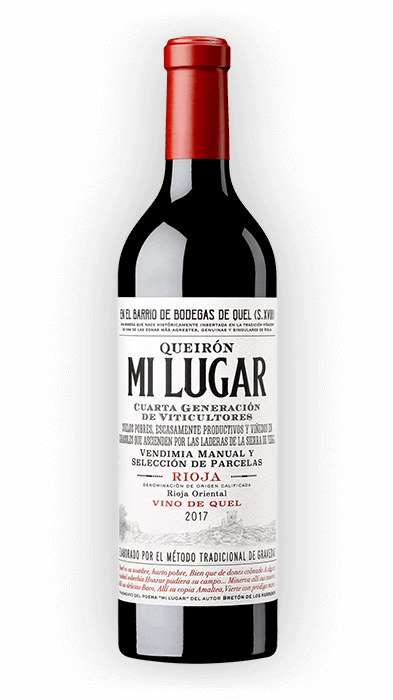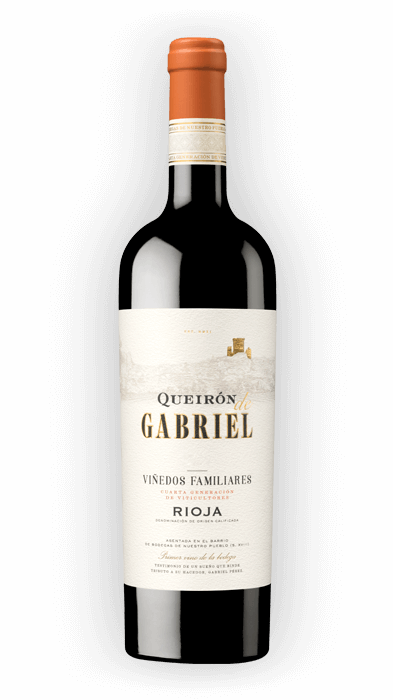Tem
pra
nillo
the basis
of Rioja
Tempranillo is the Rioja grape par excellence, the cornerstone of its great red wines and one of the most highly regarded winemaking varieties in the world. It covers 75% of the crop area of Rioja and as the oenologist José Hidalgo Togores explains, according to recent studies based on its DNA, conducted by the Instituto de Ciencias de la Vid y del Vino (ICVV – Institute of Vine and wine Sciences) and the Instituto Madrileño de Investigación de Desarrollo Rural, Agrario y Alimentario (IMIDRA – Madrid Institute for Rural, Agricultural and Food Development Research), its origins have been established as being a cross between the white albillo mayor (turruntés) variety, originally from Castilla-León and described by Alonso de Herrera in 1513, and the red benedicto variety from Aragón, described by Nicolás García de los Salmones in 1914 and which nowadays is on the point of extinction.
History
The first mention of the cultivation of tempranillo in Rioja is by Valcárcel in his book Agricultura General (General Agriculture – 1791), in a work in which he cites tempranillo in Rioja along with varieties such as garnacha, mazuela and barbés (possibly modern-day graciano). He refers to it thus: ‘it is almost the same quality as the barbés, but the skins are tougher, the cane is strong, it moves in search of height and is harvested fifteen days before the garnacha and mazuelo. It makes a fairly strong wine’.
In 1807 S. Clemente makes a second known reference of tinto fino with its current name when he mentions the tempranillo of Logroño and the tempranillo of Sanlúcar: ‘A variety with upright canes, leaves with four to six segments and large serrations, firm, fleshy grapes with very dark juice, tasty and early-ripening’. Clemente asserts that this variety has its origins in Logroño and tells how ‘the bees devour the grapes before they finish ripening’.
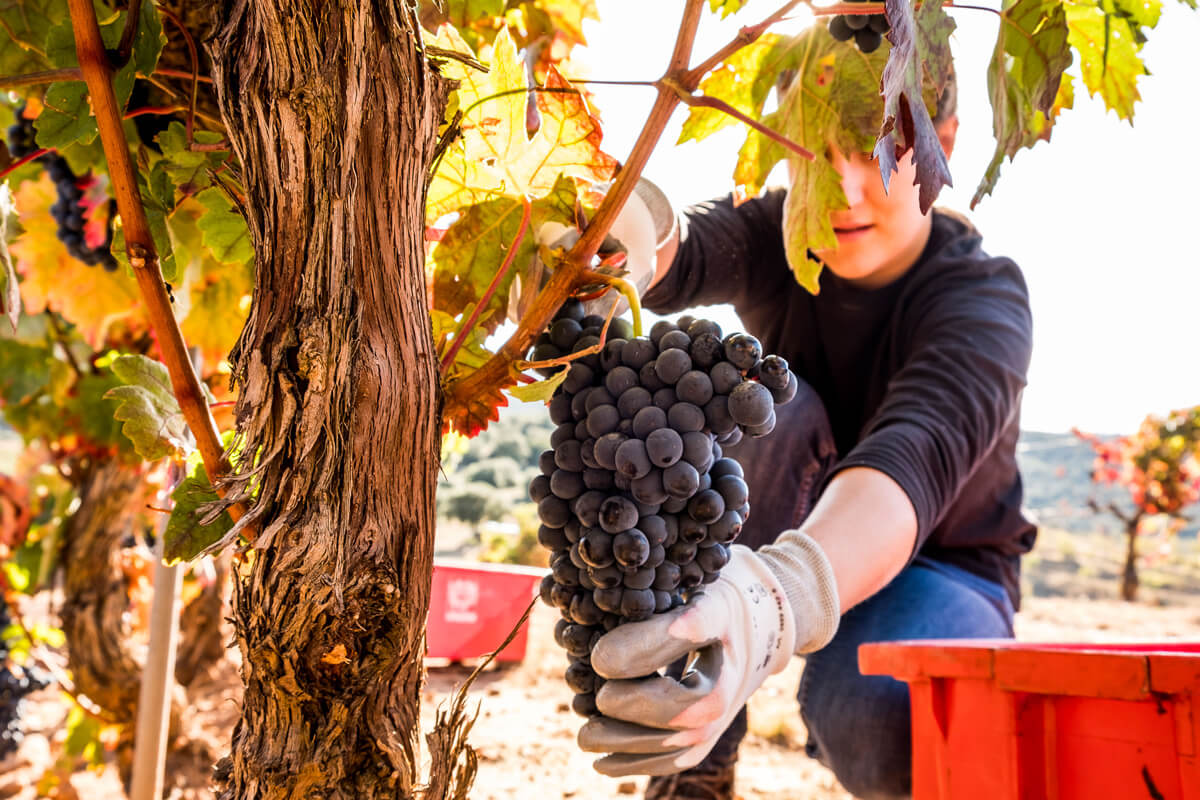
In 1905 Manso de Zúñiga places the cultivation of tempranillo in Rioja, Navarre, Burgos and Soria. Of its origins, he suggests it may be Riojan and describes the vine thus: ‘Arched, stretched out canes, not upright, large leaves; five-lobed and webbed, deep sinuses, a closed petiole sinus, dark green upper surface of the blade, whitish hairs on the underside. Very large clusters with clear shoulders or wings, two or three, elongated, conical, cylindrical shape. Berries: large, round, intense dark black colour, thickish skins, firm colourless pulp’.
José Peñín in his book Cepas del Mundo (Vines of the world), assesses tempranillo as a variety which grows well in calcareous clay soils, offers wines with a pleasant reminder of blackberry or bramble, with a fresh, dry sensation in the mouth, compared to most Spanish grapes, which produce wines with a slight sweetness and quality. It has the virtue of the cold or Atlantic vines which withstand cask ageing very well: good tannin structure with colour and persistent acidity during ageing.
Un recorrido por la historia de la Ampelografía.
_about
tempranillo
Ampelographic features
Aptitudes for cultivation
Sensitivity to diseases and adversities
Oenological potential
Training and pruning
Shooting period
Ripening period
Production
Vivai Cooperativi Rauscedo sca.
Queirón
vineyards
with tempranillo
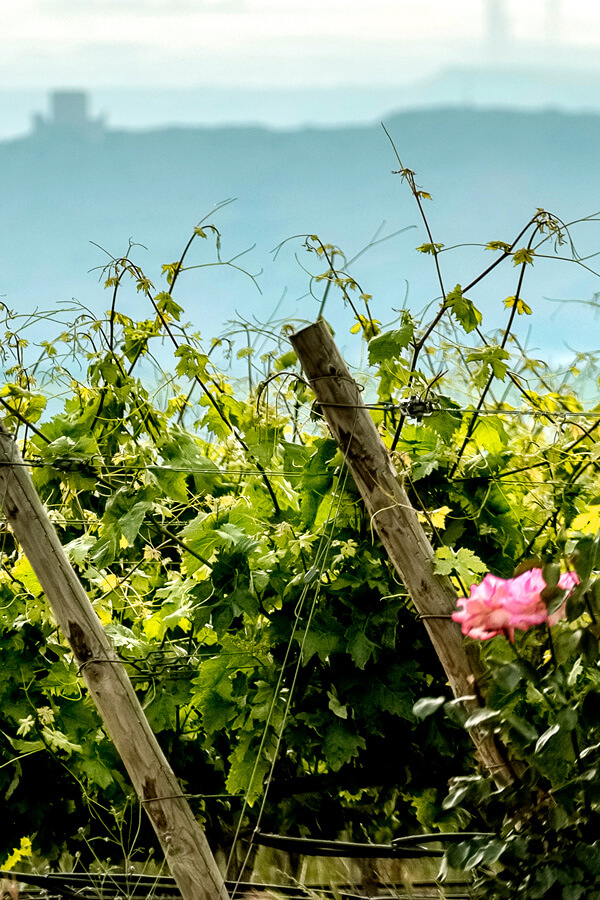
///viñedo de Quel ///tempranillo
Hoyo Judío
The viticulture of an alchemist
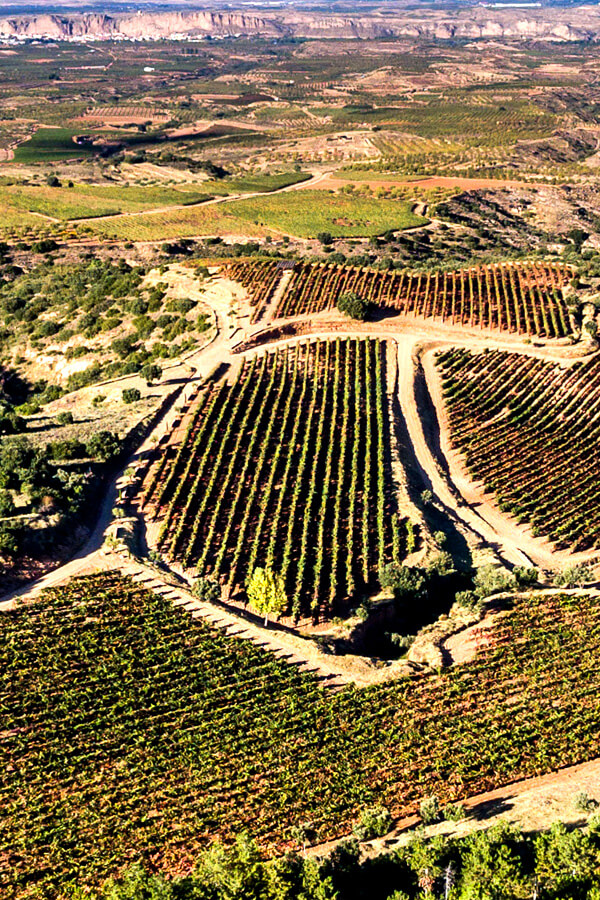
///viñedo de Quel ///tempranillo
La Pasada
A vineyard between three climates
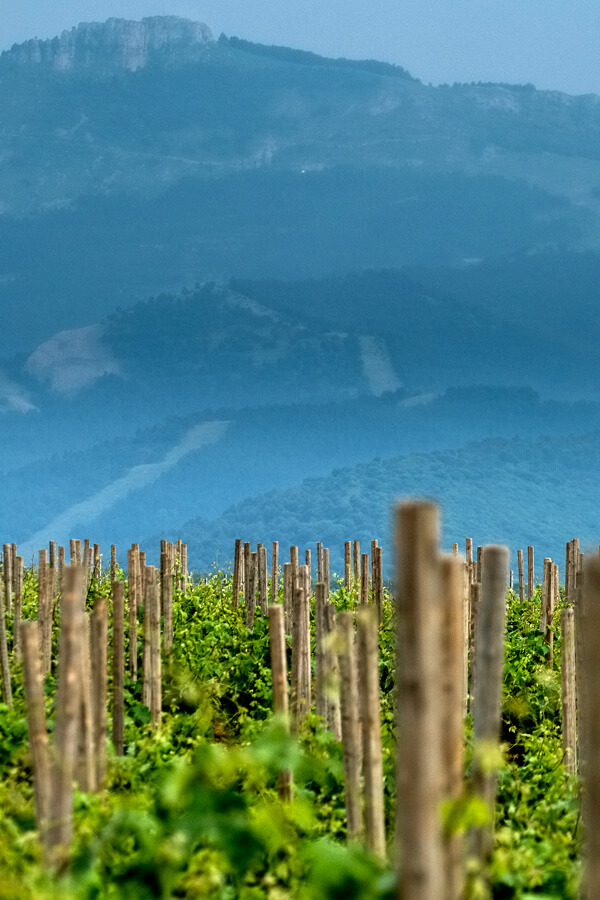
///viñedo de Quel ///tempranillo
Los Palos de Tanis
Verticality and elegance

